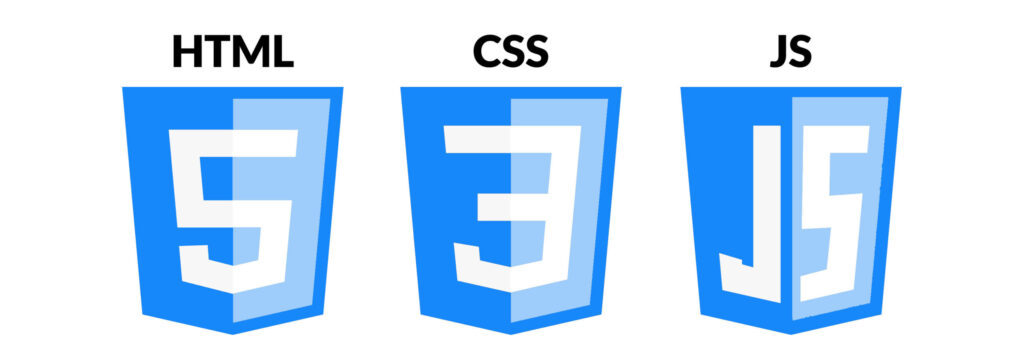PART 1 OF 5
What is technical SEO?
Technical SEO refers to the practice of optimising the development of your website to meet Google’s quality standards. While you don’t need to be a fully fledged web developer to do this, it is important to understand the core concepts and basic principles to ensure you’re not limiting your site from being indexed. The content on your site might be great but if Google can’t crawl, index and render it you won’t rank organically in search engine results.
PART 2 OF 5
Why technical SEO still matters in 2023
As the web has become increasingly complex with new technologies, programming languages and requirements, technical SEO has only become more important. However, it’s difficult to give an overarching description of what it means. That’s because technical SEO is a broad subject covering a range of factors including mobile optimisation, page speed, site architecture and many more.
The importance of technical SEO in the broader strategy of your site will depend on the market or location you’re targeting. Some sites will rank perfectly fine with a few pages of static content whereas others, such as ecommerce websites, require management of thousands of product pages or websites.

PART 3 OF 5
How websites are built (HTML, CSS and JavaScript)
In order to understand how to optimise a site technically you must first understand what a modern website is made of. The three most common programming languages used in web development are:
- HTML (HyperText Mark-up Language) – Used to define the content of your web page
- CSS (Cascading Style Sheets) – The rules for the design of your web page
- JavaScript – The behaviour and interaction of your web page
We’ll go through each of these individually to define what’s important to your users and to Google.
HTML
CSS
JavaScript

PART 4 OF 5
Understanding ‘Technical Hygiene’
Websites are ever-changing, often with numerous staff members making changes on a weekly or daily basis. As a result, an optimised site can decay overtime as pages are added, removed and redirected overtime. It’s important to have a structure to this. Making sure problems are fixed and measures put in place to prevent problems in the first place. Below we list a number of common technical SEO issues that could be considered ‘technical hygiene’.
DEADLINKS
One of the most common technical hygiene issues is broken pages or deadlinks. This is where your content contains a hyperlink to a page that no longer exists. Google accepts that broken links will occur naturally but it’s still important to review and amend them routinely.
404, 301 AND 302 STATUS CODES
When you remove a page from a site, it will return a 404 status code signalling the server couldn’t find any content at the listed address. If these pages previously ranked well in Google or have a high number of links from external sources, it may be worth setting up a redirect to the replacement page or most similar page.
While there’s a few ways to redirect a page, the most common types are 301 and 302 redirects. 301 redirects are a signal that a page has permanently moved its content to another page and 302 signals it has moved temporarily. Google has stated that after a certain amount of time it may perceive 302s as 301s.
RADIRECT CHAINS AND LOOPS
A redirect chain is caused by redirecting a URL to a URL that also redirects. This is bad for SEO as it adds an additional step that both users and search engine bots must hit before reaching the intended destination. In some cases, two URLs can redirect back to one another which is known as a redirect loop. This will cause an endless cycle of redirects causing search bots and browsers to timeout.
MISSING METADATA
A page is not required to have metadata, but it is useful for search engines. In some cases, the authors of the content may know they should include meta titles or descriptions as it isn’t directly on the page itself. It’s important to check regularly that all important indexable pages have metadata.
HREFLANG TAGS
A Hreflang tag is used to define which country and language a page is intended for and what the equivalent pages are in another language or country. In multi-national sites these are important to include to ensure pages with similar content aren’t registered as duplicate and are ranking for the right audience. Every page must reference its equivalent page in each region and have a responding reference from those regional pages.
PART 5 OF 5
How to improve technical SEO in 2023
Technical SEO incorporates a number of optimisations that you’ll need to consider. This can include everything from reviewing your code base to adding additional functionality.
This guide focuses on four core elements of technical SEO:
Site Speed – The time in which it takes a user to load your content
Schema – An opensource form of structured data used by search engines to define values to properties
Crawling and Indexing – Fixing crawl errors and ensuring search engines can discover and index all relevant pages
Information Architecture – Creating a logical site structure that’s both human and search engine friendly
THE COMPLETE GUIDE
In this series we’ll show you to create a comprehensive SEO strategy, tackling core ranking factors across all aspects of SEO. We’ll help you build a tailor-made strategy that’s right for your business and build the confidence you need to push your business to the next level.
ON PAGE SEO
Chapter one
OFF-SITE SEO
Chapter two
TECHNICAL SE0
Chapter three
ANALYSIS
Chapter four
Want to know more about how SEO can help your business?
Reach out to one of our team to find out we can help you achieve your goals.
Make an enquiryLETS GET YOU STARTED
What can we help you with? (Choose up to 3)